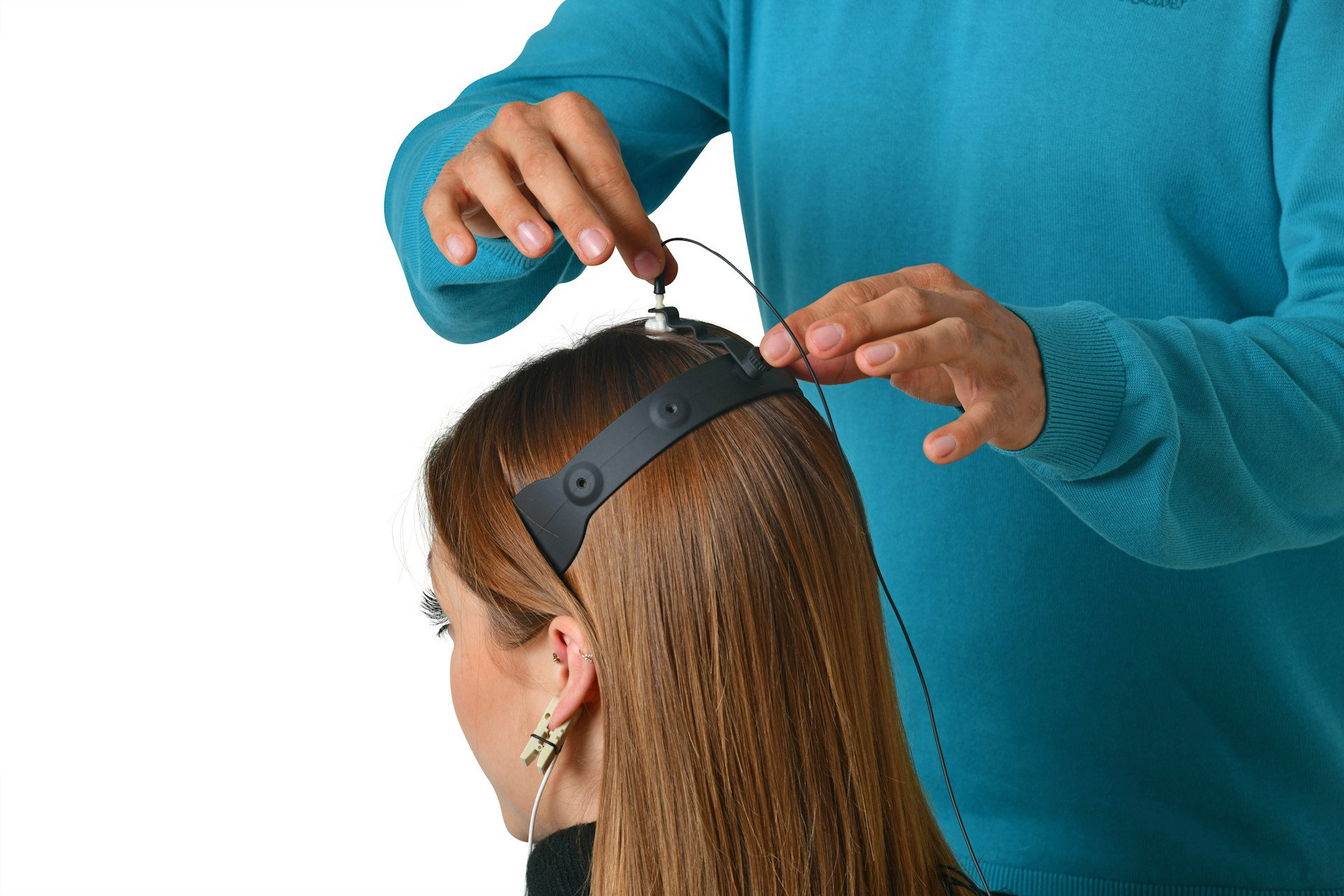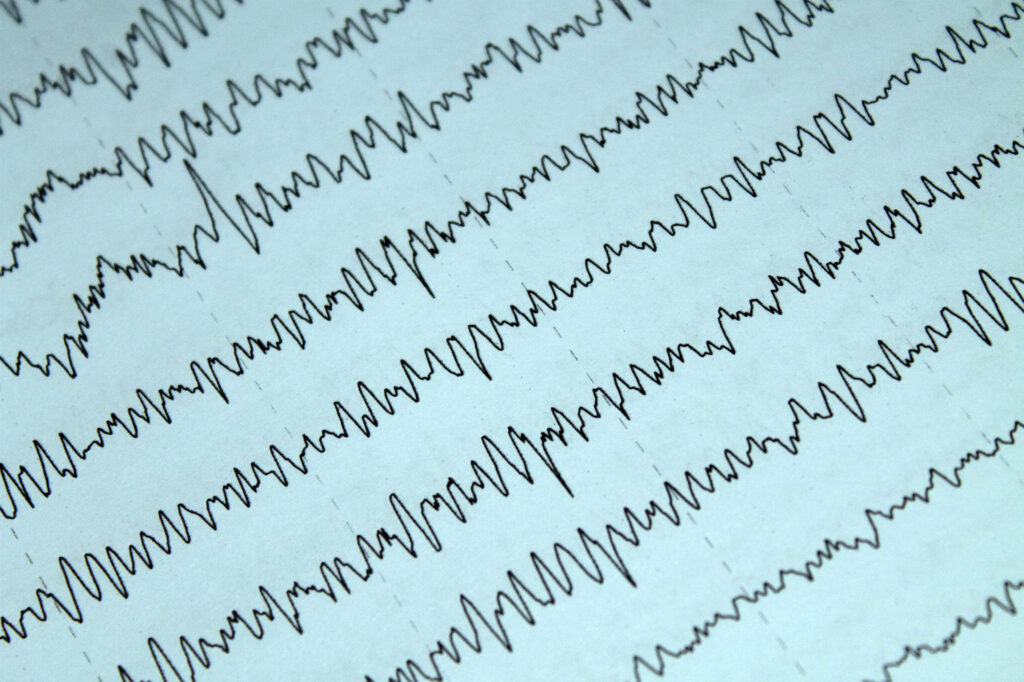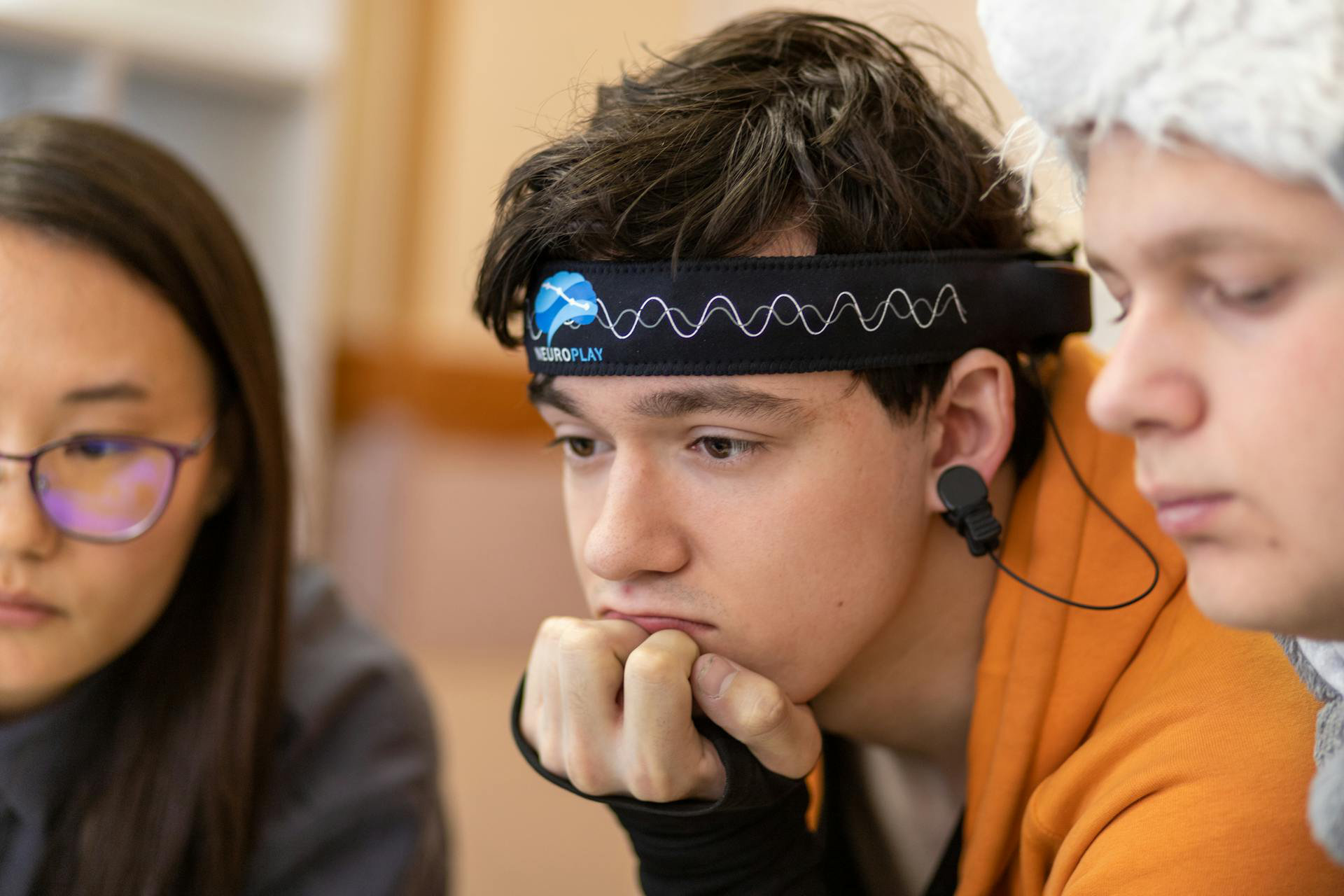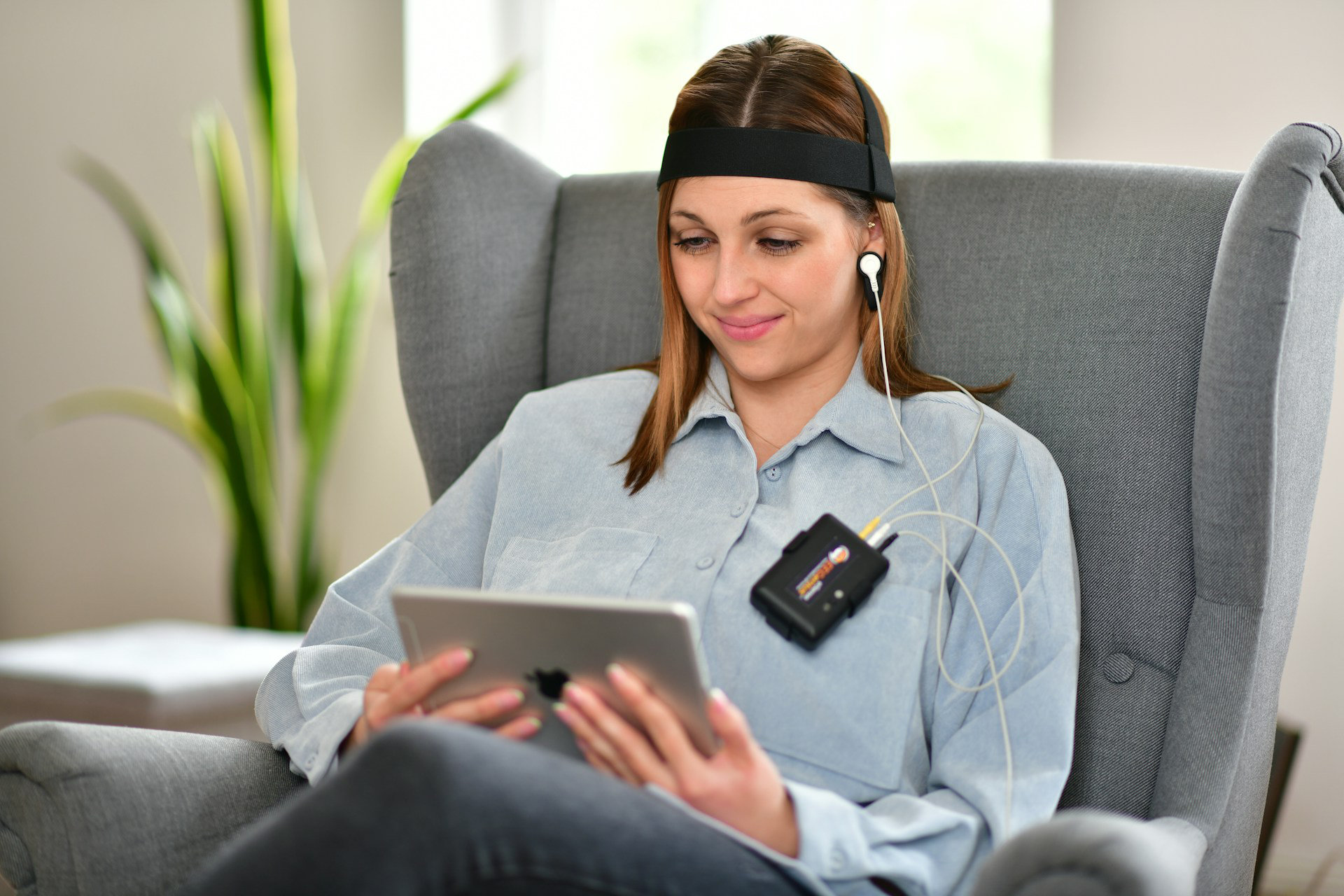Neurofeedback therapy is a cutting-edge, non-invasive treatment designed to help the brain function at its best.
Rooted in decades of neuroscience research, this evidence-based approach uses real-time feedback from brainwave activity to promote healthier patterns of thought, behavior, and emotional regulation.
In this article, we’ll break down what neurofeedback therapy is, how it works, and the wide range of symptoms and conditions it may help alleviate—from ADHD and anxiety to concussions and chronic headaches.
How Does Neurofeedback Therapy Work?
Unlike medication, neurofeedback trains your brain to self-regulate, supporting long-term improvements in focus, mood, sleep, and more.
By using electroencephalography (EEG) technology, the therapy monitors brainwaves and provides real-time feedback, typically through visual or auditory cues.
This process allows individuals to adjust their brain function towards more optimal patterns, promoting improved mental performance and symptom alleviation.
During a neurofeedback session, sensors are placed on the scalp to detect brainwave activity.
The individual engages in activities like playing a game, listening to music, or watching a video, where the stimuli respond to the individual’s brainwave patterns.
When brainwaves operate within desired ranges, the stimuli function smoothly, serving as positive reinforcement. Conversely, deviations from these ranges result in interruptions or changes in the stimuli, providing negative feedback.
Through this operant conditioning process, the brain learns to maintain optimal activity patterns, leading to lasting improvements in brain function.
What to Expect in a Neurofeedback Therapy Session

Neurofeedback therapy begins with a comprehensive brain mapping assessment to gain a clear understanding of your brain’s unique activity patterns.
Using the latest quantitative electroencephalography (qEEG) technology, we conduct a brainwave analysis that measures your brain’s electrical activity in real time.
This advanced diagnostic process helps us identify neurological imbalances or dysregulations that may contribute to issues such as difficulty focusing, poor sleep, heightened stress, OCD, anxiety, mood instability, inattention, and more.
By analyzing the data from your brain, we create a personalized neurofeedback treatment plan designed to optimize the way your brain functions.
Brain Diagnostics
During the assessment phase, we use a 19-channel qEEG brain mapping system—a non-invasive process that involves placing 19 sensors on your scalp.
These sensors capture your brain’s electrical activity across various regions, helping us determine which areas are:
- Overstimulated (hyperactive)
- Understimulated (hypoactive)
- Or functioning within normal ranges
Your brainwave data is then compared to a normative database, allowing us to pinpoint deviations that correlate with your symptoms.
This diagnostic report highlights the brain regions that need to be retrained to restore optimal neural function.
The findings from this brain map inform the design of a tailored neurofeedback protocol, focusing on correcting the specific imbalances identified during your assessment.
Treatment Protocols

Our clinic uses cutting-edge 19-channel sLORETA (Standardized Low-Resolution Brain Electromagnetic Tomography) neurofeedback equipment, enabling us to simultaneously train multiple areas of the brain with high precision.
You will wear a specialized cap embedded with 19 sensors that continuously monitor your brainwaves while the clinician observes live activity on a monitor.
The system tracks both active and passive brain wave patterns—including alpha, beta, theta, and delta frequencies—to assess real-time brain function.
During the neurofeedback session, you’ll watch a video or movie, which serves as a visual and auditory feedback tool. The goal is simple: keep the video playing clearly and audibly.
However, the twist is that the video’s clarity and sound are directly tied to your brainwave activity.
When your brain produces the desired frequencies (those targeted for training), the system rewards you by keeping the video sharp and the audio clear.
When your brain deviates from the optimal range, the video may dim or distort—providing instant, real-time feedback that gently guides your brain toward better regulation.
What Does Neurofeedback Treat?
Neurofeedback is a highly effective, non-invasive therapy that targets the root of many neurological and psychological challenges by retraining the brain’s electrical activity.
It has been shown to significantly reduce symptoms related to ADHD, anxiety, depression, sleep disturbances, OCD, post-concussion symptoms, headaches, and other mood or cognitive disorders.
By promoting better regulation of brainwave patterns, neurofeedback helps restore balance and optimize neural communication.
The therapy works by identifying specific dysregulated brain areas and teaching the brain how to self-correct through real-time feedback.
As the brain learns to operate more efficiently, clients often report improved focus, better emotional control, deeper sleep, enhanced resilience to stress, and reduced reliance on medication.
The results are often long-lasting, thanks to the brain’s natural ability to reorganize and adapt—known as neuroplasticity.
Who Could Benefit from Neurofeedback Therapy?

Neurofeedback therapy is suitable for children ages 5 and older, teenagers, college students, adults, and seniors.
It is especially beneficial for individuals who are seeking drug-free, evidence-based support for attention difficulties, emotional regulation, or cognitive performance.
Children and adolescents struggling with focus, behavioral issues, or academic performance often respond well to the engaging, game-like nature of the sessions.
Likewise, adults dealing with high stress, sleep issues, or mental fatigue find neurofeedback helpful for improving focus, reducing anxiety, and increasing overall mental clarity.
Seniors can benefit from enhanced memory, cognitive stability, and emotional well-being.
Whether you’re looking to address a specific diagnosis or simply want to optimize your brain’s performance, neurofeedback provides a safe and personalized solution.
Are There Any Risks to Neurofeedback Therapy?
Neurofeedback is considered exceptionally safe and well-tolerated across all age groups. Extensive research has shown no known long-term side effects, even in very young children or individuals with complex neurological conditions.
Because it is non-invasive, non-chemical, and relies on your brain’s own self-regulation capabilities, it poses no risk of harm or injury.
Think of neurofeedback as a “brain gym”—an exercise for your brain that strengthens underperforming areas while calming overactive regions.
The therapy simply guides your brain toward healthier patterns using real-time feedback, without introducing any external substances or electrical stimulation.
It’s a fully natural process that leverages the brain’s own capacity to learn and heal, and it is FDA-approved for safety.
Ready to Begin Your Neurofeedback Journey?
Whether you’re seeking relief from persistent symptoms or looking to enhance your mental clarity and focus, our personalized brain training programs are designed to meet your unique needs.
Contact us to schedule an assessment and take the first step toward better brain health, improved emotional balance, and a higher quality of life.
